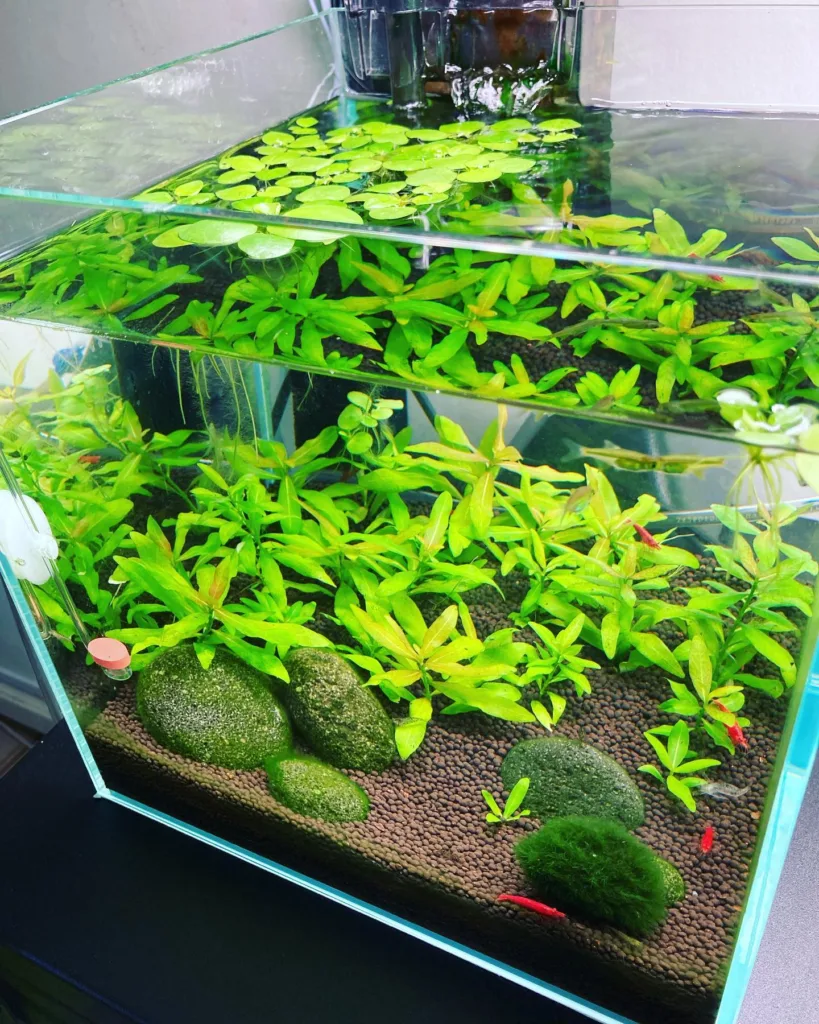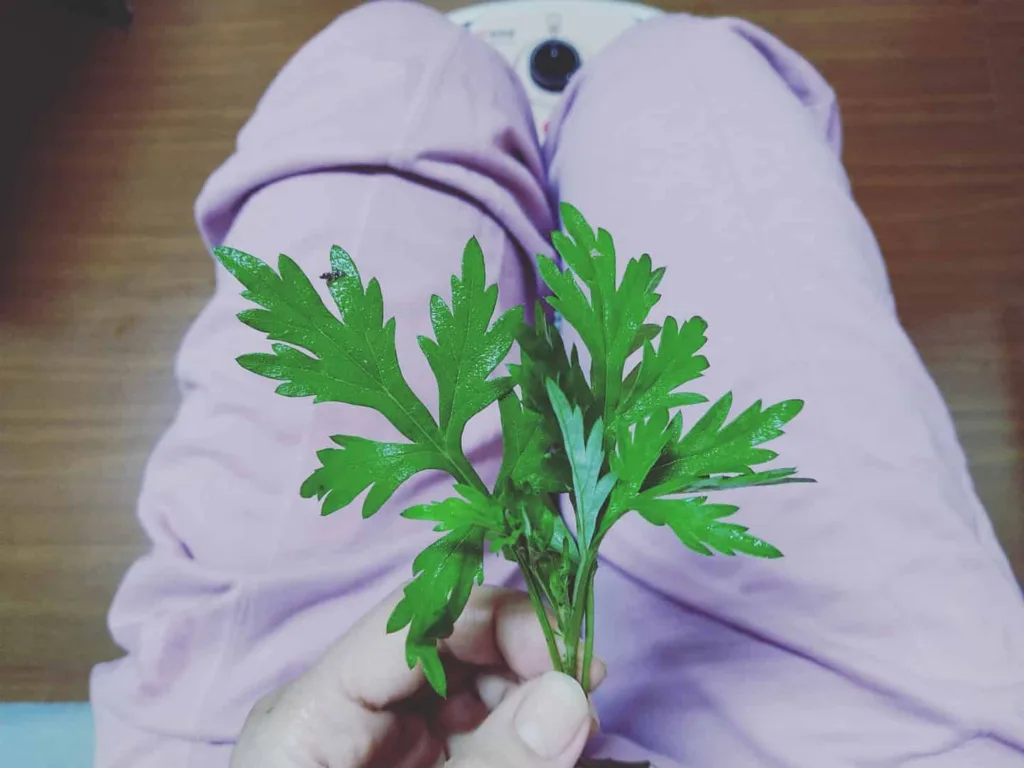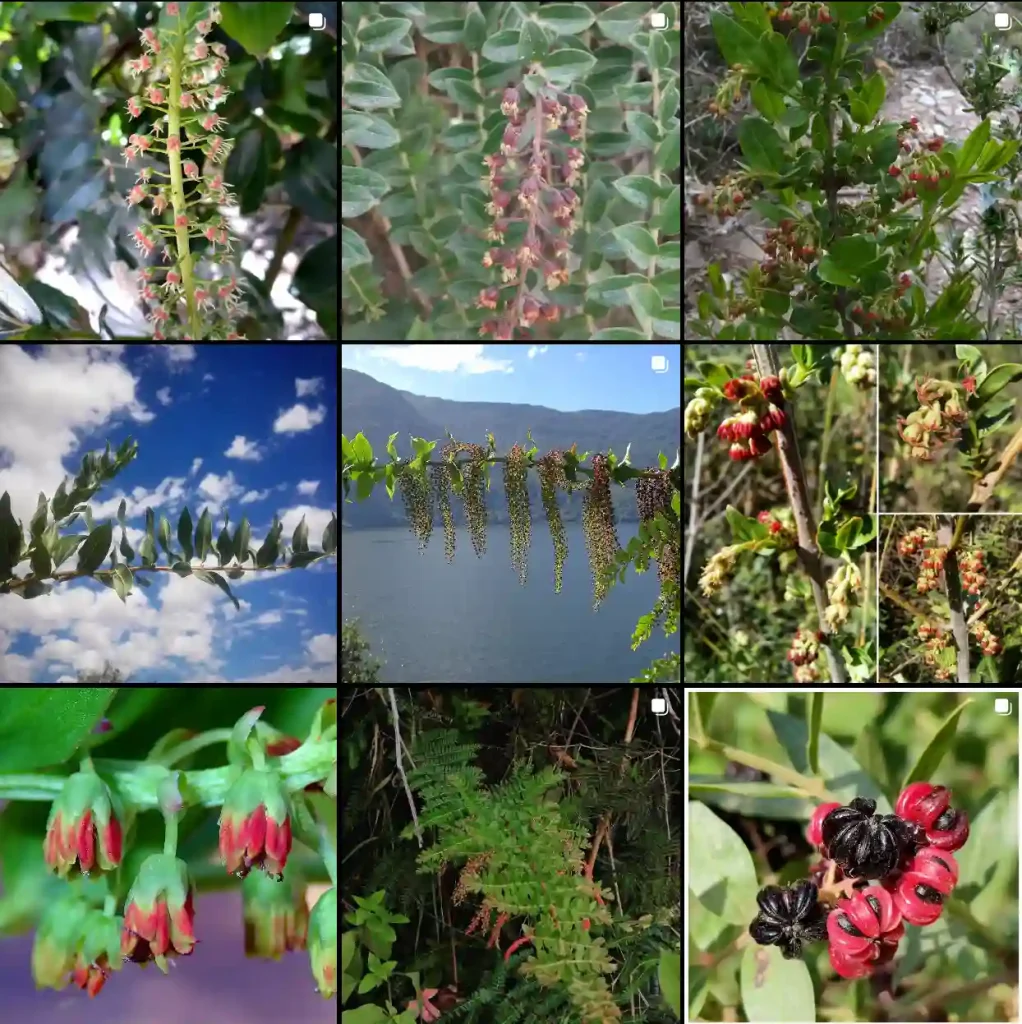My Fascination with the Leea Genus
As a botanist, I’ve always been drawn to the unique and diverse world of plants. One genus that has particularly captured my attention is Leea, a fascinating group of tropical plants belonging to the grape family, Vitaceae. While they might not be as well-known as their grapevine cousins, Leea species possess a unique charm and an array of intriguing characteristics that make them stand out.
A Closer Look at Leea
Leea plants are primarily found in the tropical regions of Africa, Asia, and Australia. They are characterized by their distinctive foliage, often showcasing serrated or lobed leaves with prominent veins. The plants come in various forms, ranging from small shrubs to tall trees, and their inflorescences bear clusters of small, colorful flowers that add a touch of vibrancy to their surroundings. What’s more, these flowers often develop into attractive berries, further enhancing their visual appeal.
One of the aspects that I find most intriguing about Leea is its complex taxonomic history. Initially, it was placed in its own family, Leeaceae, due to morphological differences from other Vitaceae members. However, recent molecular studies have confirmed its placement within the grape family, specifically within the subfamily Leeoideae. This close relationship with grapes adds another layer of interest to this already fascinating genus.
Exploring the Diversity of Leea
The Leea genus boasts a remarkable diversity, with over 70 recognized species. Each species exhibits unique characteristics, contributing to the overall richness of the genus:
- Leea aculeata Blume ex Spreng.
- Leea acuminatissima Merr.
- Leea adwivedica K.Kumar
- Leea aequata L.
- Leea alata Edgew.
- Leea amabilis H.J.Veitch
- Leea angulata Korth. ex Miq.
- Leea asiatica (L.) Ridsdale
- Leea coccinea Planch.
- Leea compactiflora Kurz
- Leea congesta Elmer
- Leea coryphantha Lauterb.
- Leea curtisii King
- Leea cuspidifera Baker
- Leea dentata Craib
- Leea glabra C.L.Li
- Leea gonioptera Lauterb.
- Leea grandifolia Kurz
- Leea guineensis G.Don
- Leea heterodoxa K.Schum. & Lauterb.
- Leea indica (Burm.f.) Merr.
- Leea javanica Blume
- Leea krukoffiana Ridsdale
- Leea longifoliola Merr.
- Leea macrophylla Roxb. ex Hornem.
- Leea macropus Lauterb. & K.Schum.
- Leea magnifolia Merr.
- Leea manillensis Walp.
- Leea nova-guineensis Valeton
- Leea papuana Merr. & L.M.Perry
- Leea philippinensis Merr.
- Leea quadrifida Merr.
- Leea rubra Blume
- Leea saxatilis Ridl.
- Leea setuligera C.B.Clarke
- Leea simplicifolia Zoll. & Moritzi
- Leea smithii Koord.
- Leea spinea Desc.
- Leea suaveolens Merr. & L.M.Perry
- Leea tetramera B.L.Burtt
- Leea thorelii Gagnep.
- Leea tinctoria Lindl. ex Baker
- Leea tuberculosemen C.B.Clarke
- Leea unifoliolata Merr.
- Leea zippeliana Miq.
The Importance of Leea
Beyond their aesthetic appeal, Leea plants play a significant role in their ecosystems. Their flowers provide nectar and pollen for various insects, while their berries serve as a food source for birds and other animals. Additionally, many Leea species have been traditionally used for their medicinal properties, highlighting their potential value in pharmacology.
Conservation Efforts
Despite their importance, some Leea species face threats due to habitat loss and overexploitation. Conservation efforts are crucial to ensure the survival of these valuable plants. This includes protecting their natural habitats, promoting sustainable harvesting practices, and raising awareness about their importance.
My Continued Interest
My fascination with the Leea genus continues to grow as I delve deeper into its intricacies. I am particularly interested in exploring the phylogenetic relationships between different Leea species and understanding their evolutionary history. Furthermore, I believe that further research into the medicinal properties of Leea could lead to the discovery of new and valuable compounds with pharmaceutical applications.
The Leea genus is a testament to the incredible diversity and complexity of the plant kingdom. Through continued research and conservation efforts, we can ensure that these fascinating plants continue to thrive for generations to come.
If i die, water my plants!



